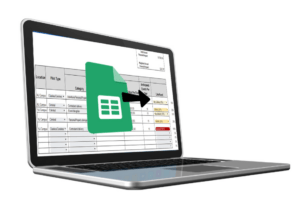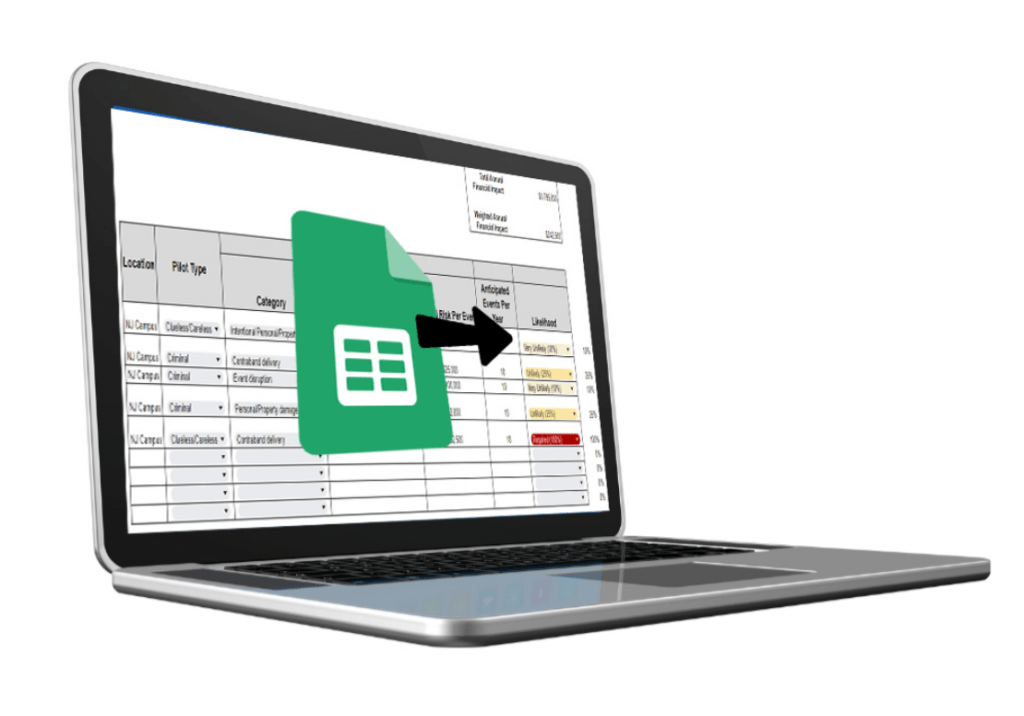Evaluating drone threat AeroDefense – DRONELIFE
 As commercial drone use scales around the world, the threat from rogue operators utilizing readily available hardware for criminal purposes also increases. Companies and agencies from all sectors are evaluating their risk: and deciding on the appropriate response. Current regulations around the authorized use of counter drone technology may additionally complicate the situation.
As commercial drone use scales around the world, the threat from rogue operators utilizing readily available hardware for criminal purposes also increases. Companies and agencies from all sectors are evaluating their risk: and deciding on the appropriate response. Current regulations around the authorized use of counter drone technology may additionally complicate the situation.
DRONELIFE presents this guest post by Linda Ziemba, Founder and CEO of drone detection technology provider AeroDefense. In this piece, Linda lays out seven steps to accurately assessing your risk of drone incursions – and deciding how much to invest in drone detection technology. DRONELIFE neither accepts nor makes payment for guest posts.
Seven Steps to Match Drone Detection Investment to Threat Level
by Linda Ziemba, Founder and CEO of AeroDefense
The wars in Ukraine and Israel show the world how small, inexpensive quadcopters can be used effectively as weapons. Critical infrastructure providers must reconsider whether their traditional two-dimensional ground-based security systems should expand to include airspace security. The lack of understanding from some executives about drone threats makes it difficult for security managers to obtain budgets for technology solutions to prevent and minimize drone-related disruptions. This article suggests an approach to quantify risks and costs with some free tools to help you match your drone detection technology investment to your threat level.
Assess Your Drone Threat Risk
Before you invest in drone detection technology, it’s important to assess the risk to assets you must protect compared to the level of drone activity sighted at your property or at others like yours.
If your staff does not report drone sightings, it doesn’t mean you don’t have an issue. The lack of sightings may mean you don’t have an issue or it may just mean that no one saw the drones. On the other hand if your location falls within an hour of an airport, staff may confuse drones with planes or helicopters and overestimate your issue.
In one case you may under-invest in drone detection technology to protect your property and the other you may seriously over-invest. Neither is good.
1. Collect Historical Visual Sightings at Your Facilities
A key way to enhance your data collection is to educate your teams about the threats and enlist their support. A form like this that calls out the key information to confirm a drone flight helps track and quantify sightings in a consistent manner will help.
Educate your staff to differentiate between drones, planes and birds. AeroDefense offers a free training course to help staff who may have had no or limited exposure to drones.
2. Research Incidents Similar to Your Situation
Industry associations such as the Security Industries Association (SIA) recognize the emerging drone threat and offer resources to help organizations recognize and defend against them. Industries under higher threats may also have specialized groups in place to assist such as the SIA Utilities Advisory Board or the IJIS Corrections Advisory Committee.
The Department of Homeland Security’s Cybersecurity Infrastructure and Security Agency (CISA) assists federal and private sectors as well as state, local, tribal, and territorial partners in managing cyber and physical risks posed by drones to our nation’s critical infrastructure. The Homeland Security Information Network-Critical Infrastructure (HSIN-CI) UAS Cybersecurity and C-UAS Portal facilitates communication and collaboration between partners to understand and manage cyber and physical risks posed by drones to critical infrastructure.
Your local law enforcement may be able to share information about local incidents.
Paid database services such as DroneSec may also benefit your research. Interpol’s Christopher Church regularly posts insightful and valuable information on LinkedIn.

